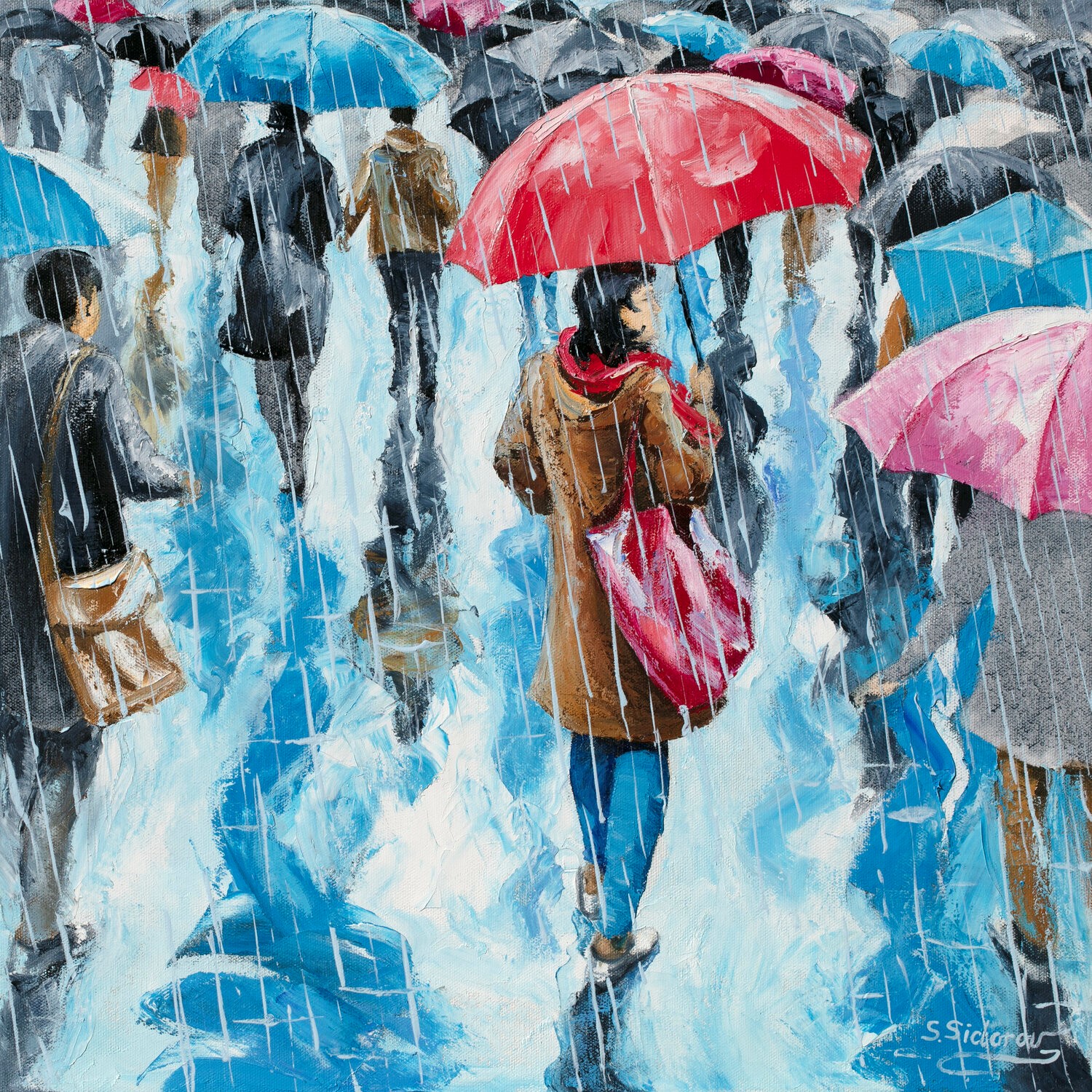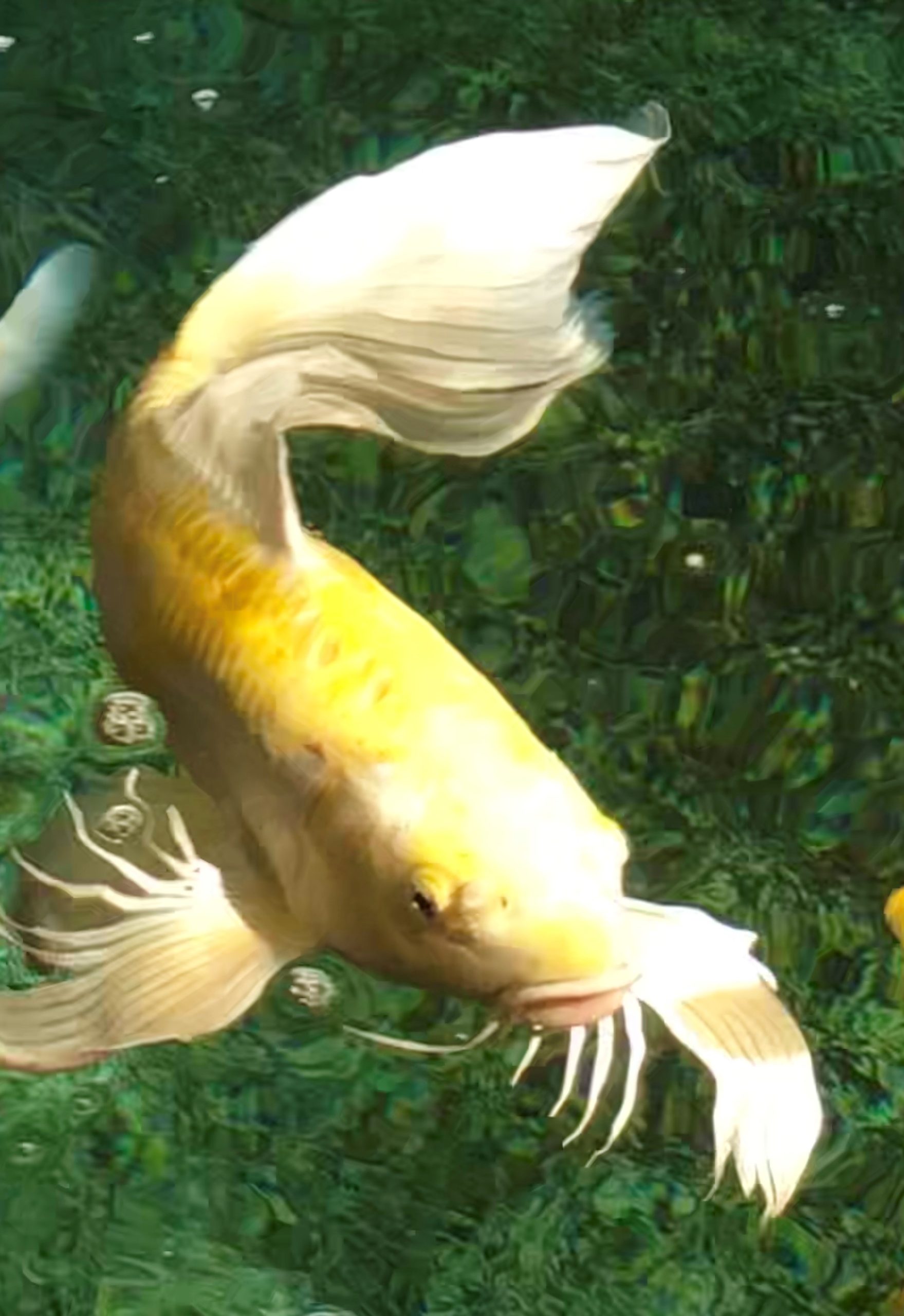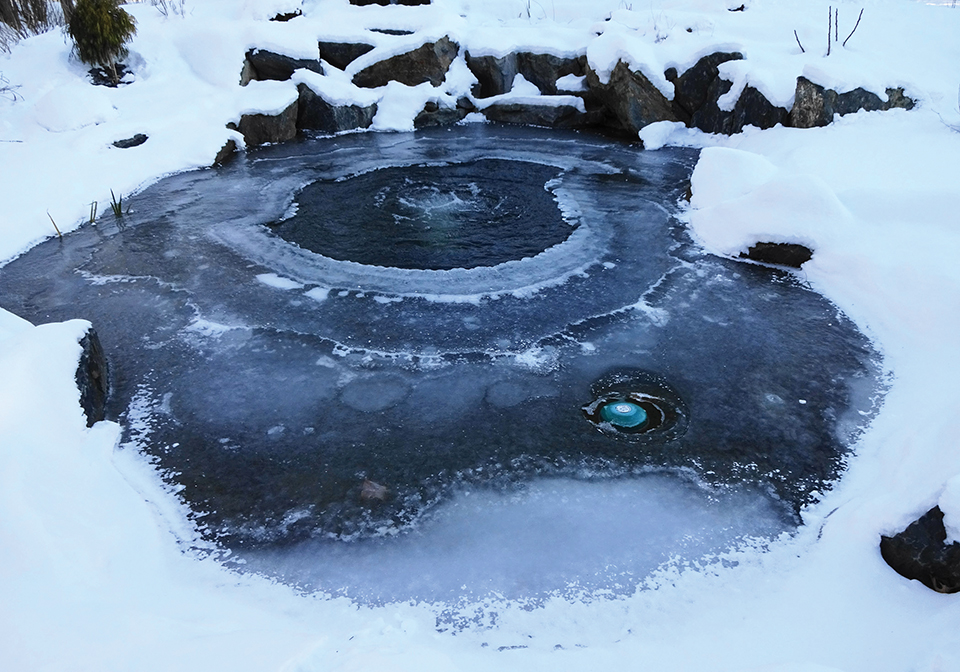People want to know how important KH is and if they have to continue testing and adding the Booster during winter, and why?
The answer: Remember, KH supports the nitrification process and it stabilizes your pH!
- If you are referring to nitrification within a Koi pond, and the question pertains to the down-time during cold period in cold areas of any country in aquatic environments where Koi are no longer active, and fish feeding has been terminated, then you are 100% correct that there will be little need of supporting the nitrification process requirement with essential KH carbonate alkalinity, as little to no ammonia will be generated during this period (depending, of course, upon the # of fish breathing in the pond).
- Most of the ammonia in a Koi pond (or in an aquarium) is generated from the biological breakdown and oxidation reduction of nitrogen-bearing compounds consisting of fat and protein, and when these constituents are no longer added to the ecosystem in the form of fish food, the production of ammonia will be reduced in direct proportion.
- In addition, if the nitrification process is ongoing within the aquatic environments at or below 50°F (or 10°C), it may continue for a period of time. However, to start the nitrification process within this temperature range would be most difficult. So again, no KH supplement would be necessary.
HOLD THE KH PLEASE! AND KEEP READING…
- IF your pond’s ecosystem is receiving roof runoff into the koi pond, and if the pond is located in a metropolitan area or just outside of one, or anywhere near a power plant, the issue of acid rain is compounded, with this resulting in an influent water having a pH that could be as low as 3 to 5, thereby destroying the alkalinity in the pond’s ecosystem, reducing the KH level (Acid), and potentially killing the fish during winter. This makes the answer a definite yes.
- In addition, rain water runoff from a roof may result in different chemicals that could be released from the roof surfaces and gutters, especially if the area’s acid rain events result in low pH values, thereby compounding the chemical reactions and pH values entering the pond’s ecosystem.
- You should always check the KH in your tap water as well as your pond. Some areas are naturally low in KH, while others have good levels of KH.
- With the resulting low pH, resulting in loss of KH alkalinity due to winter precipitation, there is always the potential pH crash and fish mortality that you will not discover until spring thaws. The big issue for checking KH in winter is to prevent pH crash or the potential of your nitrification to fail in the spring.
- The answer will be: know your pond, know your pond’s KH, take nothing for granted, and always be prepared. More fish, more opportunity for KH depletion.






